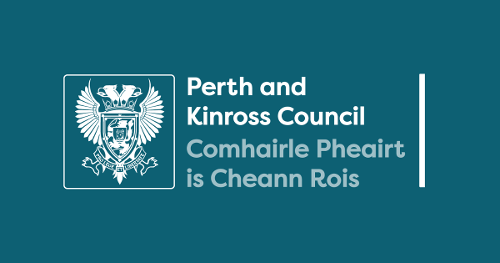We have now installed environmental sensors in many of our properties to monitor temperature, humidity, and carbon dioxide levels.
These sensors help us identify potential issues early and work with tenants to create healthier living environments.
Here are some real-life examples of how this technology is making a difference:
Property 1
Sensors detected high levels of carbon dioxide and humidity in two bedrooms, automatically alerting us to a potentially unhealthy environment.
When our team contacted the tenant, they explained that due to dexterity issues they found it difficult to open the windows. The tenant was shown to open the windows in a way that suited them.
Since then, the air quality in the property has significantly improved, helping to create a healthier and more comfortable home.
Property 2
In another home, sensors showed high humidity and carbon dioxide levels, alongside consistently low temperatures—never exceeding 17°C in the living room and 16°C in the bedroom. This suggested the tenant might be experiencing fuel poverty.
We reached out to the tenant to discuss the data and offered practical advice on improving ventilation and using heating more effectively. We also signposted them to the local energy advice services for further support with managing heating costs.
The tenant was eager to track their progress and downloaded the Tenant App to monitor the data in real time. With ongoing support and small changes, the tenant reported feeling healthier, experiencing fewer headaches, and enjoying better sleep—likely due to improved air quality and healthier CO₂ levels.
Property 3
Sensors were fitted by the inspector in November 2024 due to the tenant complaining of mould growth in their sons newly decorated bedroom. The inspector put through repairs and asked the Housing Condition Team to keep an eye on the property and to let him know of any alerts. Since repairs have been completed the Housing condition Team has been in contact with the tenant and they have said everything has been fine since work has been done and they have not seen any further signs of damp and mould. The tenant has a number to call if anything changes. Since repair works have been place the average readings of CO2 and humidity have reduced dramatically, from 87% to 67%.
These case studies highlight how environmental sensors are not just about data—they're about people. By working together, we're helping tenants live in safer, healthier homes.




